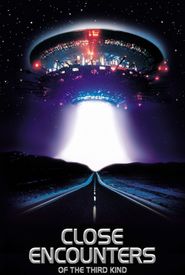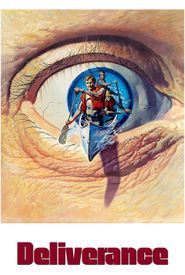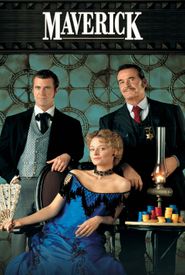Notably, alongside his esteemed colleague László Kovács, who had fled Hungary in 1956, Vilmos Zsigmond rose to prominence during the 1970s, a period marked by significant artistic and cultural advancements.
Throughout his illustrious career, Zsigmond has been distinguished by his innovative and masterful utilization of natural light, which he skillfully employed to create a plethora of captivating and visually striking cinematic experiences.
In particular, his work on notable features such as The Long Goodbye (1973) and Close Encounters of the Third Kind (1977) has garnered widespread acclaim, with many critics and film enthusiasts alike praising his unique and vivid use of color, which has become a hallmark of his distinctive visual style.



































